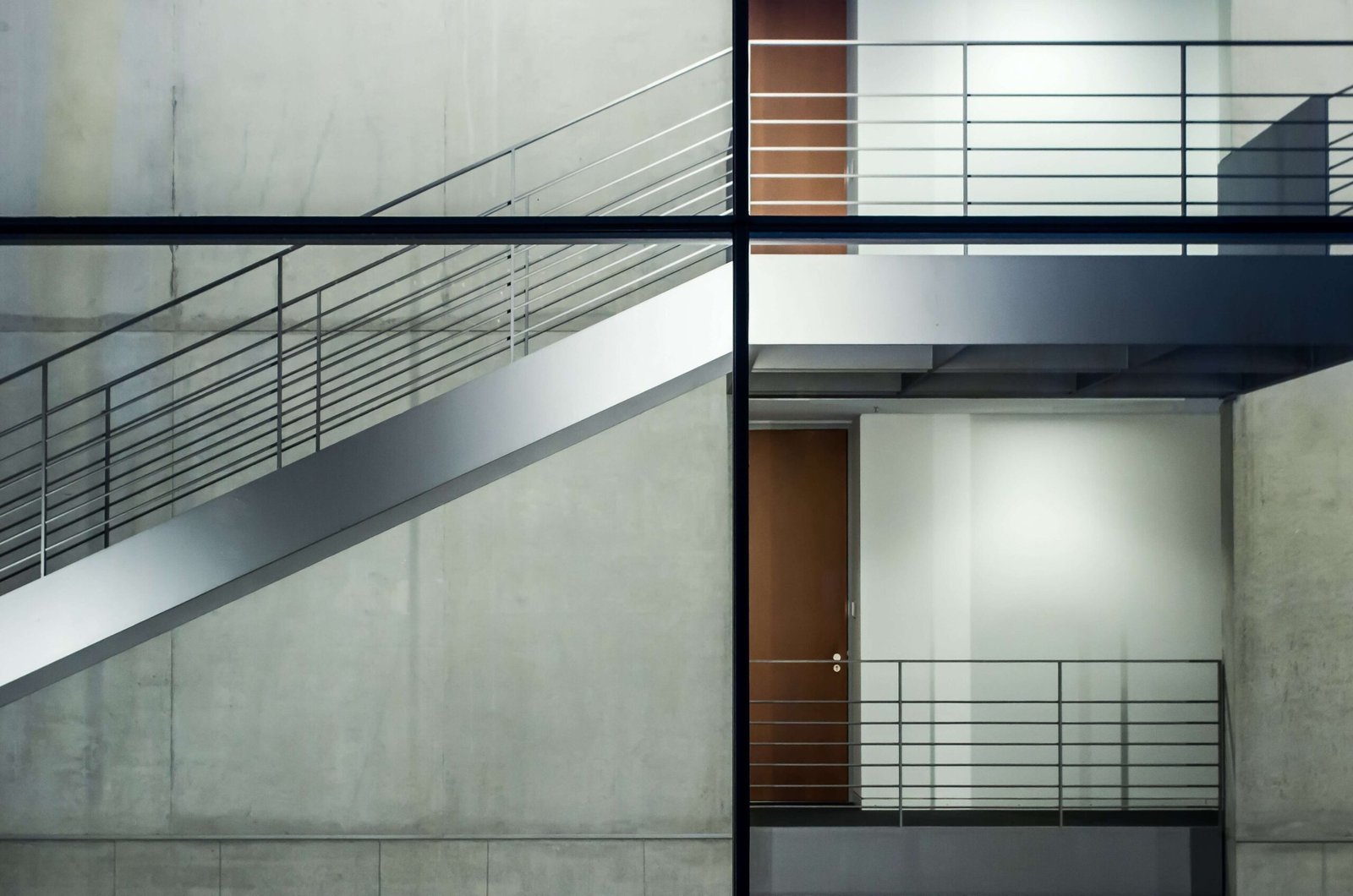As a passionate interior designer, Nilima Tare specialises in creating harmonious, functional spaces that seamlessly incorporate her choice of materials such as stainless steel. Her expertise lies in blending modern aesthetics with durable materials for timeless, elegant designs.
Interior designer and project manager Nilima Tare is the Founder of Perception Interior, Mahim, Mumbai. As she leads projects ranging from residence and offices to commercial spaces, Tare is diligent about the use of materials. She believes the design board and vision is incomplete without the selection of right materials for the interiors of any space. We get her to talk about the importance of stainless steel as a material of choice for various aspects of interior design.
How would you describe your overall design aesthetic?
Aesthetic refers to the study of beauty and the principles that govern the perception of beauty in art, design, and architecture. As an interior designer, I focus on achieving harmony, balance and proportion in my work to create visually appealing and functional spaces.
What inspires your design sensibility the most?
What inspires me the most when I begin designing is the thought of transforming ideas into a tangible reality. I am passionate about fulfilling my clients’ visions, and nothing brings me more joy than seeing their happiness when I bring their concepts to life. Each project is an opportunity to blend creativity with functionality, making spaces both beautiful and purposeful.
Which colour palette attract you the most?
Personally, I am most drawn to white and pastel shades. These colours not only brighten a space but also create a sense of tranquillity and sophistication. Soft hues like light blues, greens and pinks offer a calming effect, making the interiors feel welcoming and serene. White, on the other hand, is classic and neutral, allowing other design elements to stand out while ensuring the space feels open and airy.
How do you incorporate clients’ personal tastes into your designs?
The first step is always understanding my client’s unique needs, preferences and goals. Once I have a clear vision, I communicate my ideas and concepts to ensure we’re aligned. From there, I start developing a design concept that balances creativity with functionality. Educating my clients throughout the process is also crucial, as I value their input and want them to feel involved in every stage. Ultimately, respecting my client’s vision is my top priority, while ensuring the design meets both aesthetic and practical needs.
Lighting is one of the most critical aspects of any interior design. I always emphasise the importance of combining natural and artificial light sources to create a well-lit and inviting space. Natural light brings warmth and vibrancy, while strategically placed artificial lighting can highlight focal points and create ambience. Whether it’s soft ambient lighting for a cozy living room or task lighting for a functional kitchen, the right lighting enhances the overall experience of the space.
What are the current trends in home and kitchen design that you are excited about?
The dominant trend for 2024 is ‘Quiet Luxury,’ characterised by high-quality, universal products that offer understated sophistication. This trend focuses on timeless designs, where luxury is conveyed through craftsmanship, material selection and subtle details rather than ostentatious displays. Materials like stainless steel, marble, and natural wood are favoured for their durability and elegance, creating spaces that feel luxurious yet grounded.

How do you select materials for kitchens and bathrooms to ensure both durability and style?
When selecting materials for kitchen interiors, I always consider factors like durability, appearance, moisture resistance and budget. Kitchens experience a lot of wear and tear, so it’s essential to choose materials that can withstand frequent use. For example, melamine, laminate and wood veneer are excellent choices for kitchen cabinets due to their durability. It’s essential to ensure that the materials used in the kitchen not only look good but also perform well over time.
In bathrooms, the selection of materials is even more critical due to the exposure to moisture and temperature changes. For long-lasting results, I recommend using materials like enamelled steel, which is resistant to chips, scratches and fading. This ensures that bathroom fixtures like sinks, bathtubs, and even vanities retain their quality and appearance over decades of use. Stainless steel is another excellent choice for bathroom hardware and fixtures, as it resists rust and adds a sleek, modern feel to the space.
For the bathroom, it is important to look for materials like enamelled steel that resist chipping, scratches and fading over decades of use. Apart from kitchen appliances, countertops, sinks, and backsplashes, stainless steel is additionally also used for stair railings, furniture, lighting fixtures and decorative accents.
The opening image is for representation purpose only.





